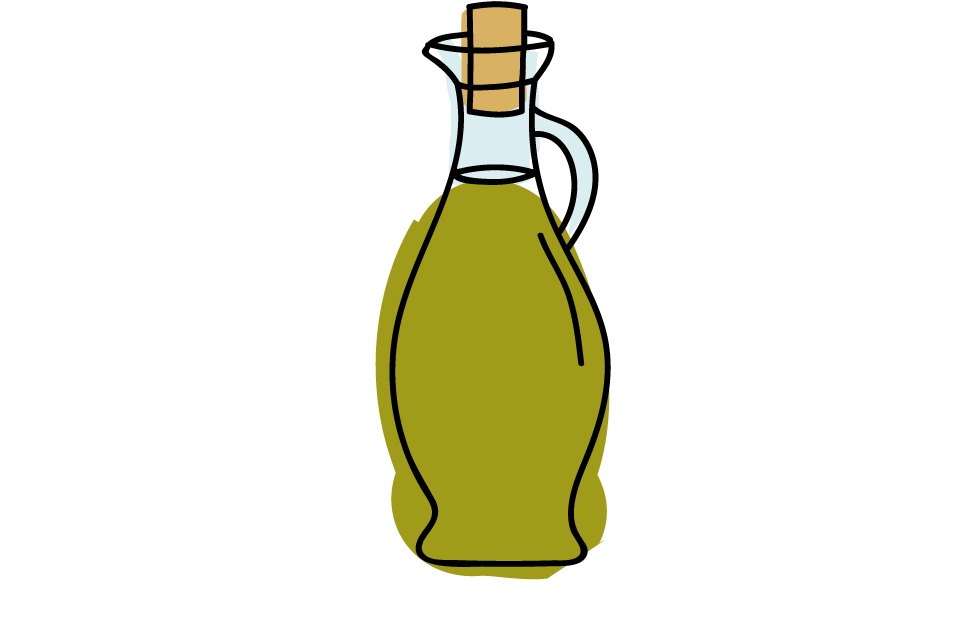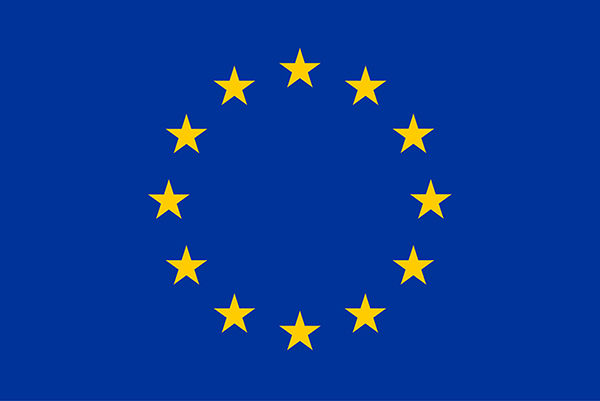
The Olea europaea, or olive tree, has been part of the Mediterranean landscape for millennia, to the point that the unmistakable squat shape of this evergreen tree has become a symbol of the Mediterranean vegetation. Moreover, perhaps nothing identifies more with the concept of Mediterranean diet than the product obtained by pressing its fruit, namely olive oil. This product is deeply rooted in the region’s culture; archaeological investigations evidence have shown that olive oil was already commonly used in ancient Greek and Roman cuisine, with evidence of its production in the isle of Crete dating as far back as 4000 BC.
Nowadays, though retaining its major importance in the Mediterranean food system, olive oil has transcended the region’s boundaries to become a global high value commodity. That is testified by the worldwide expansion of the areas destined to olive’s cultivation, which as fruit crops is second only to those of oil palms and coconut trees. However, the ten largest producing countries of olive oil are all located in the Mediterranean region and produce around 95% of the world’s olives. This is due to the peculiarities of the climate and soils of the region, which match the olive trees’ demand for hot weather, wide sun exposure, and light and calcareous soils.
In particular, such conditions are largely met in the coastal areas of Spain, Greece and Italy, the countries with the most typical Mediterranean diet in the world and – not by chance – by far the largest producers of olive oil, together with Turkey.
Preserving the European Union world leadership in olive oil production is of high economical and cultural importance, but it could become a challenging task in the near future, owing to the effects of climate change and spread of pests such as the olive fruit fly. For instance, regarding the latter issue, in most of the Olea europaea producing areas the fruit fly of the Bactrocera oleae olive tree is considered a major biotic threat for crops.
To face the challenges ahead, MED-GOLD will provide a climate service that will predict the effects of climate change and forecast the influence of pests and olive production in future campaigns. Furthermore, the tools to be developed will support decision making and overall strategy on a long timescale, ultimately leading to increased yields and final products of higher quality.
Questions MED-GOLD will address
Seasonal timescale
Long-term timescale

